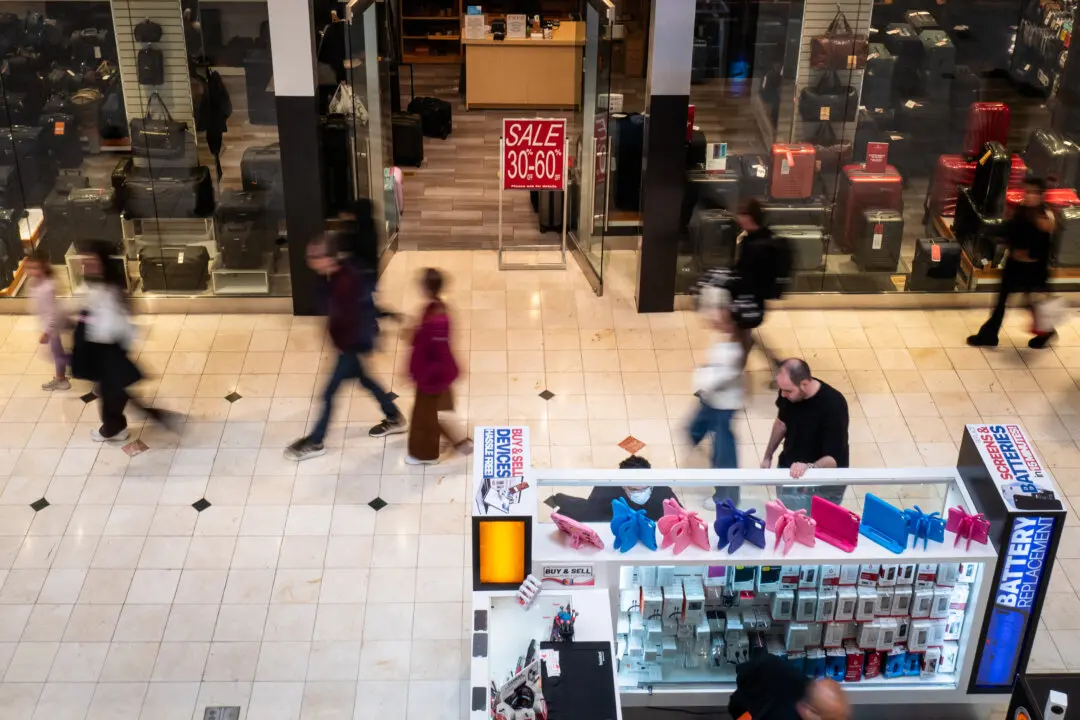The cities of Tampa, Philadelphia, and Phoenix are seeing the highest inflation rates in the United States, while Washington, Anchorage, and Honolulu have the lowest price rises.
Personal finance website WalletHub compared 22 major metropolitan statistical areas (MSA) in two metrics related to the Consumer Price Index (CPI), the main measure of inflation. MSA refers to a core area containing a substantial population nucleus together with adjacent communities that have a high degree of social and economic integration with the core. The Mar. 14th study found that Tampa-St. Petersburg-Clearwater, Florida, ranked as the top MSA where inflation is rising the most, netting a score of 93.48.





